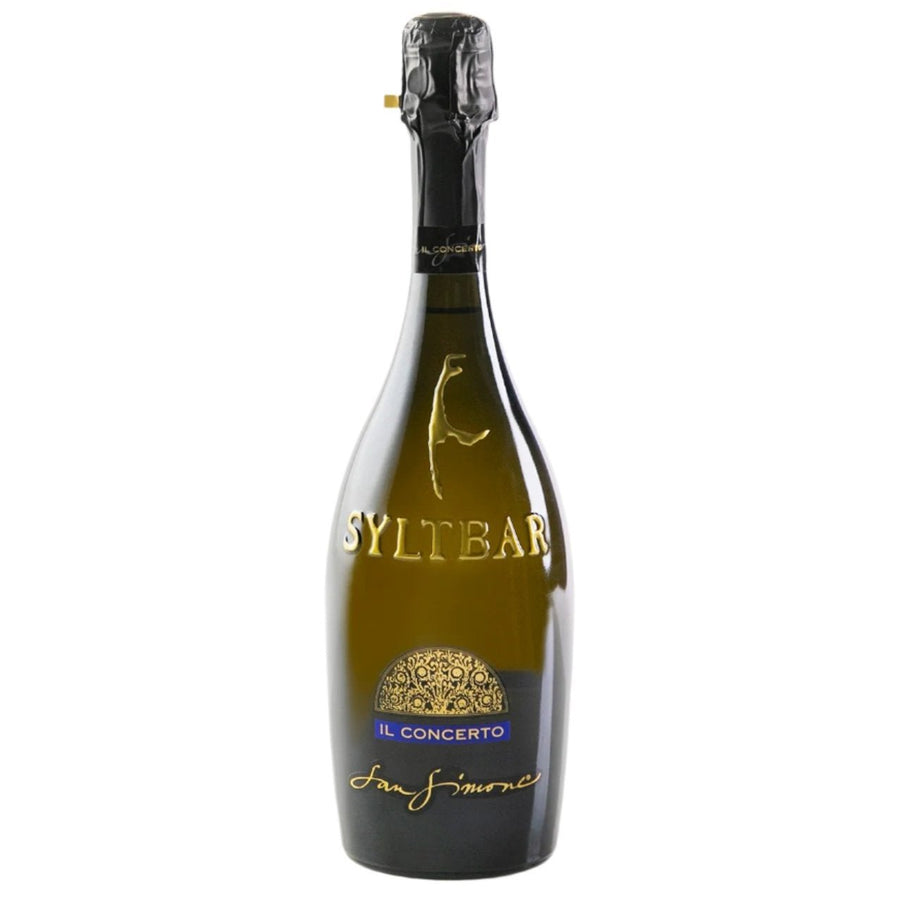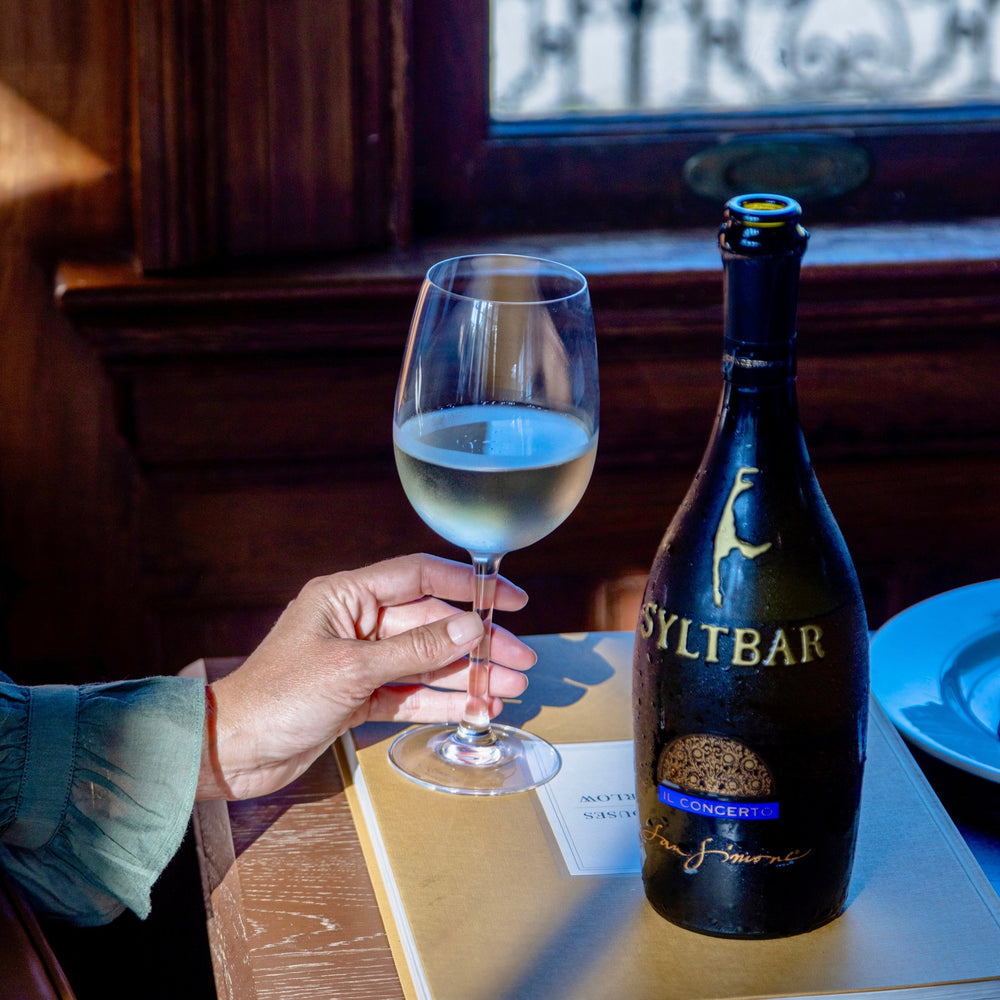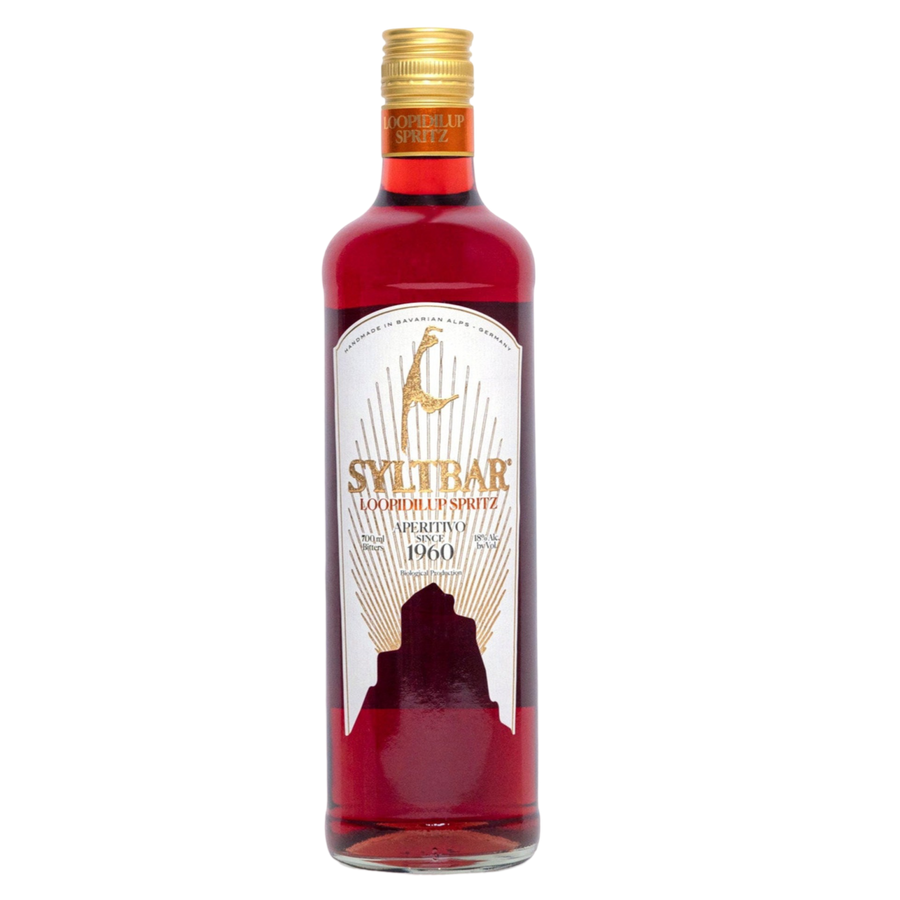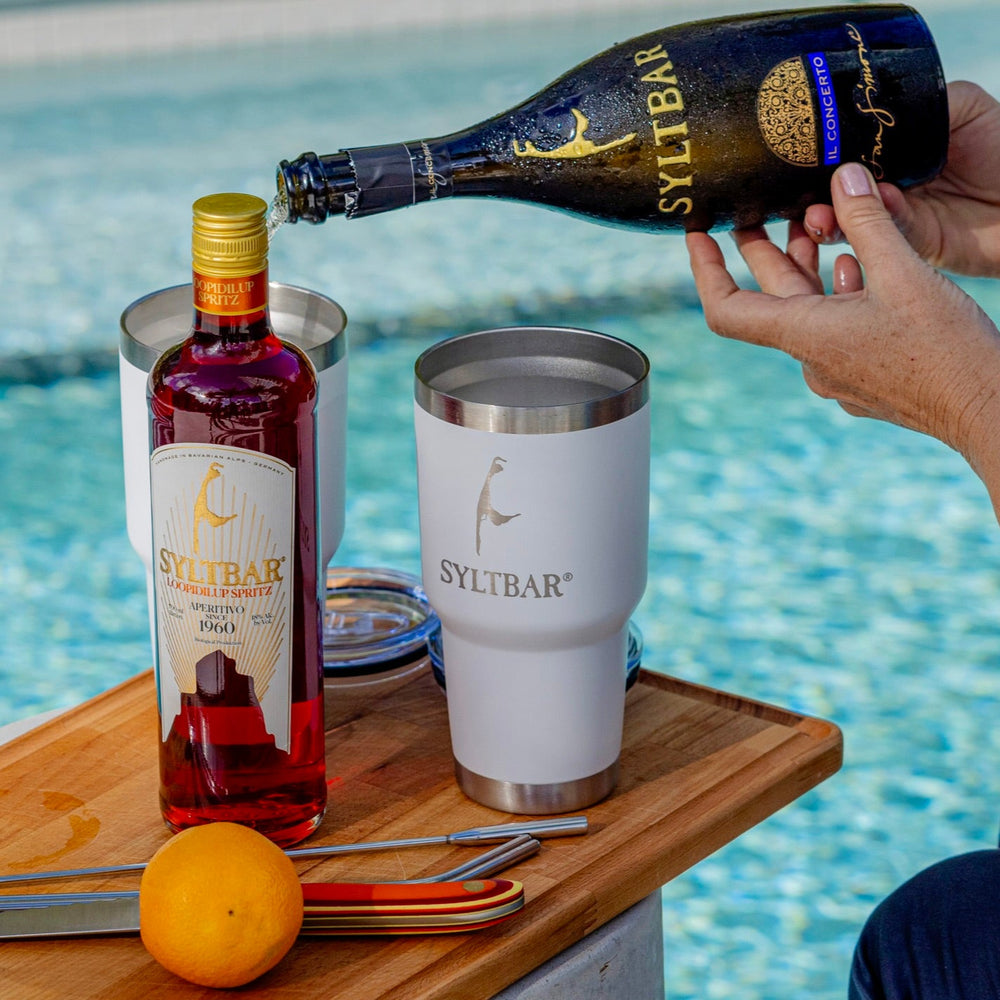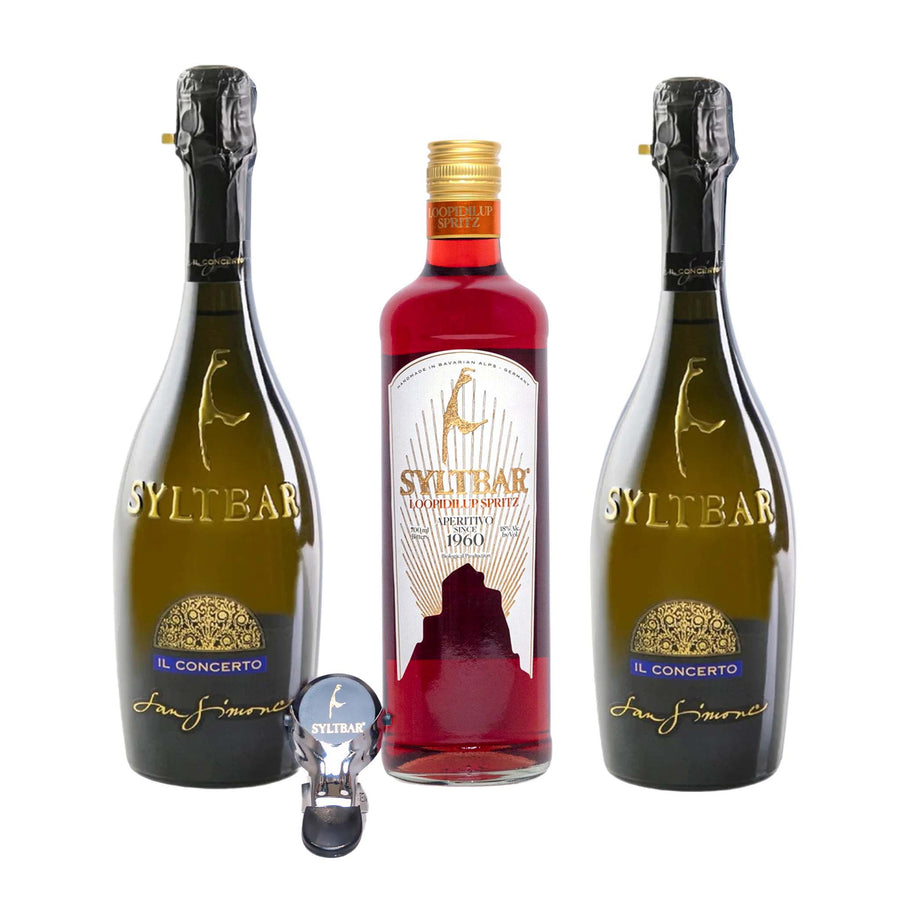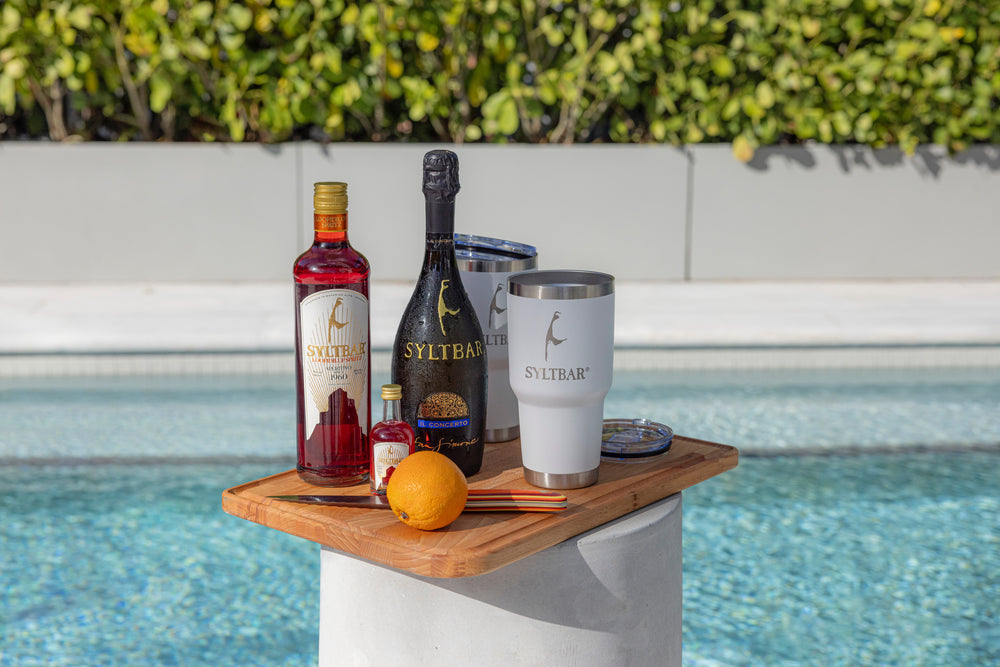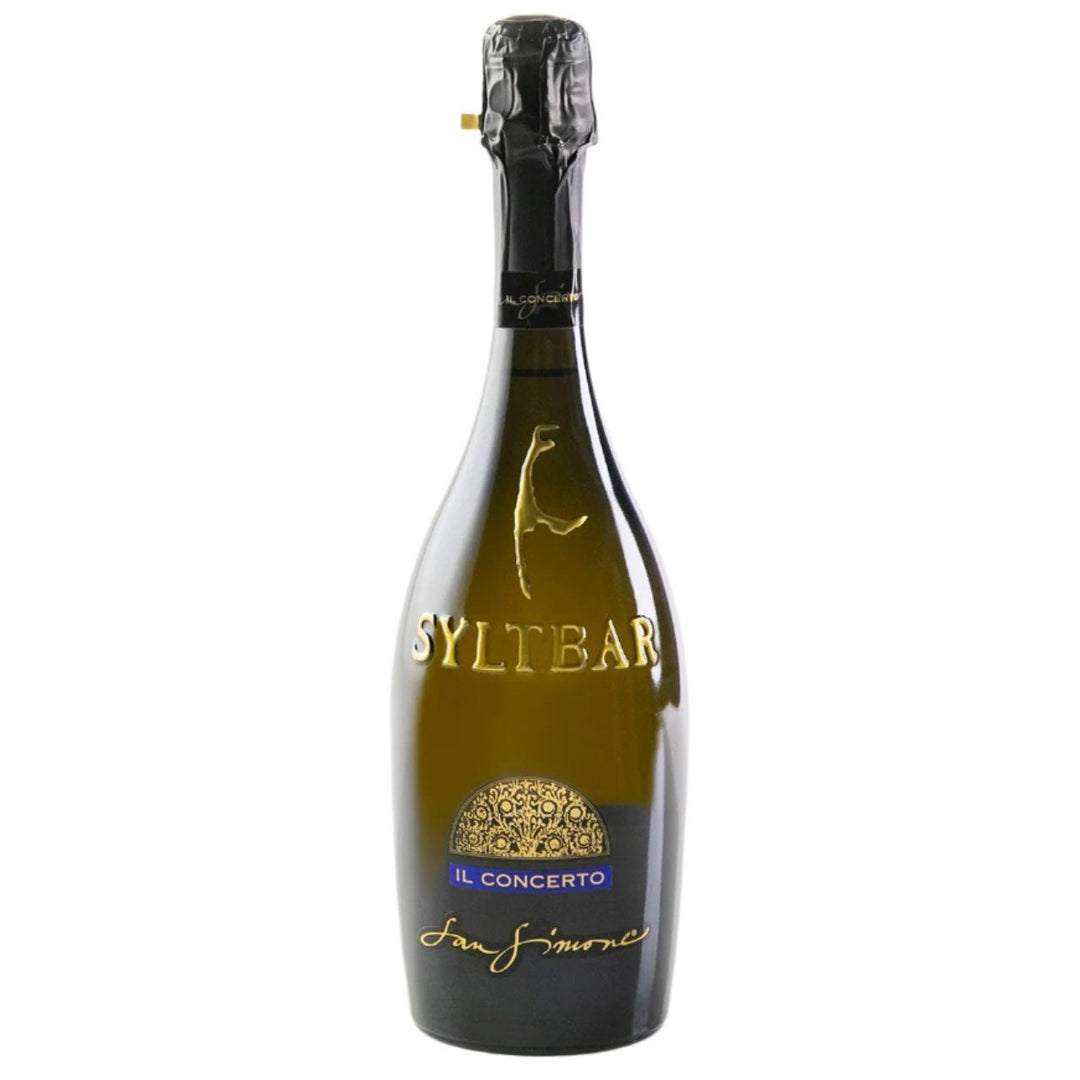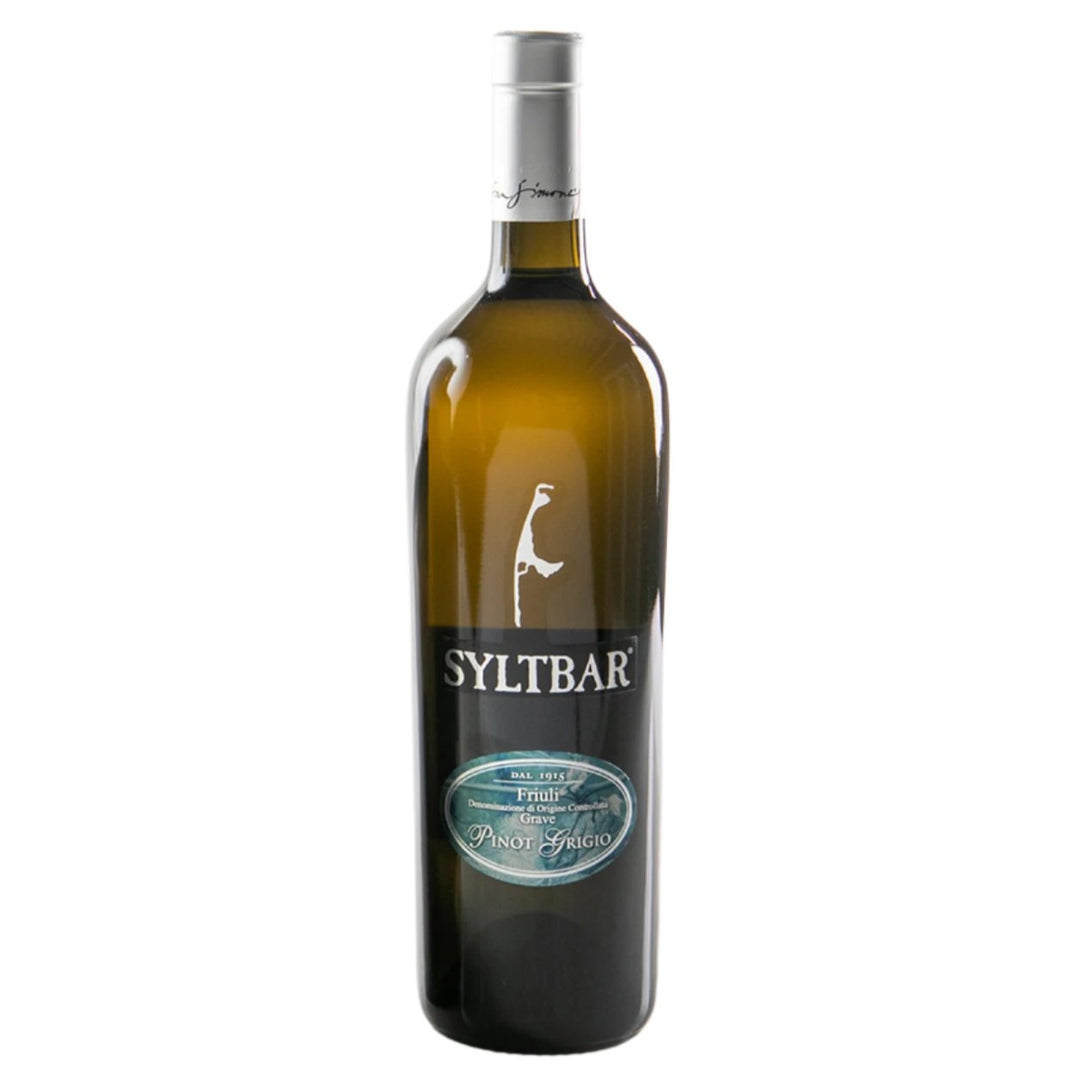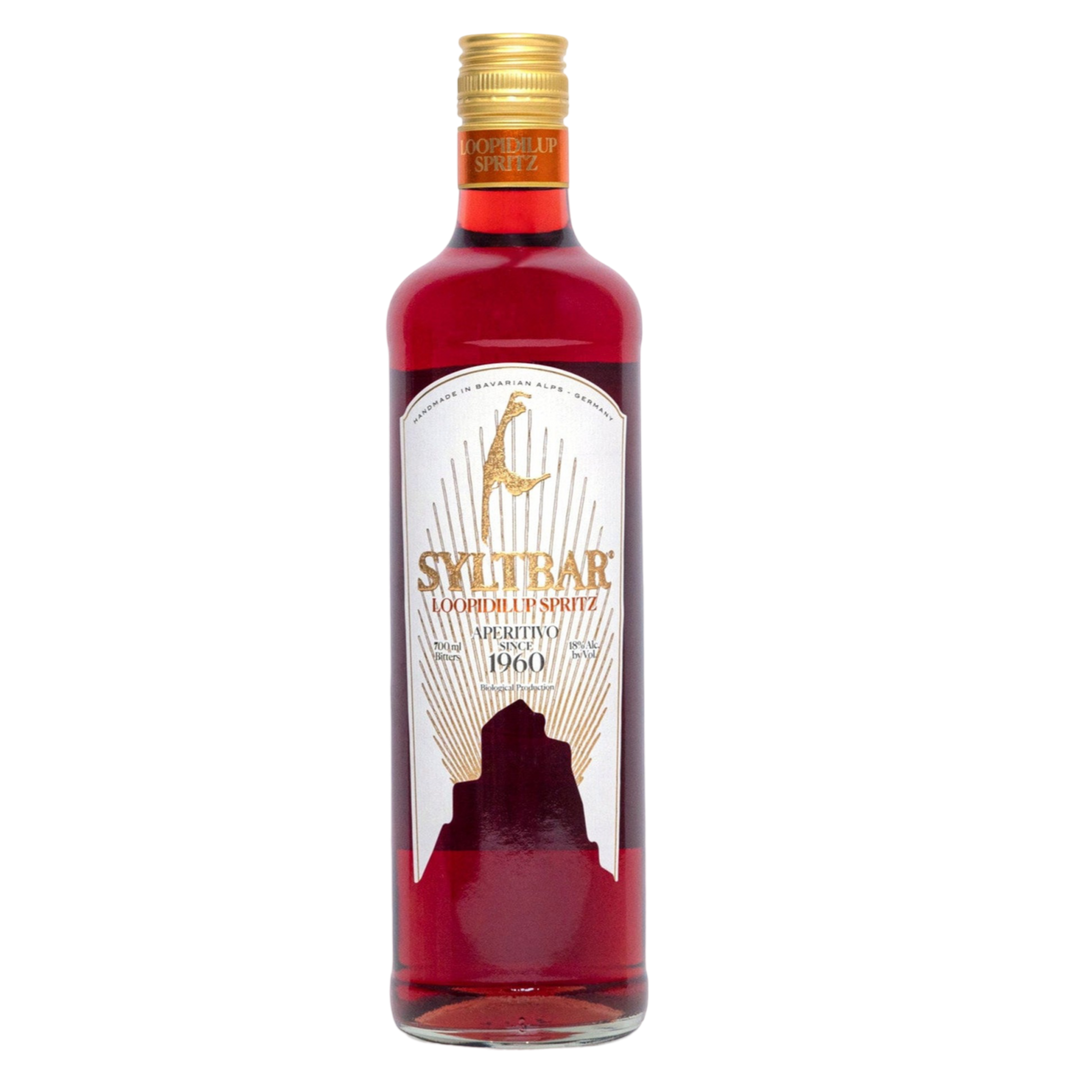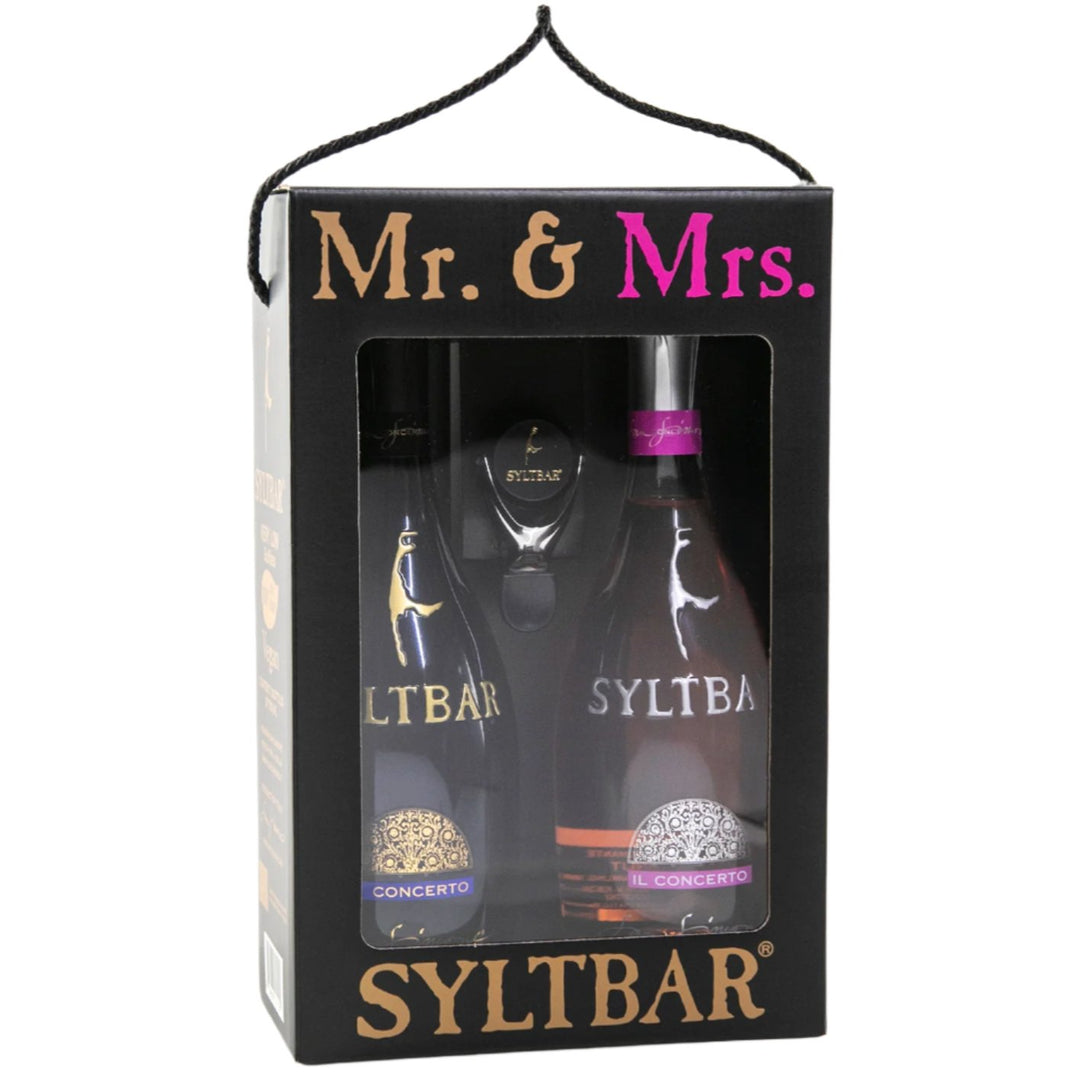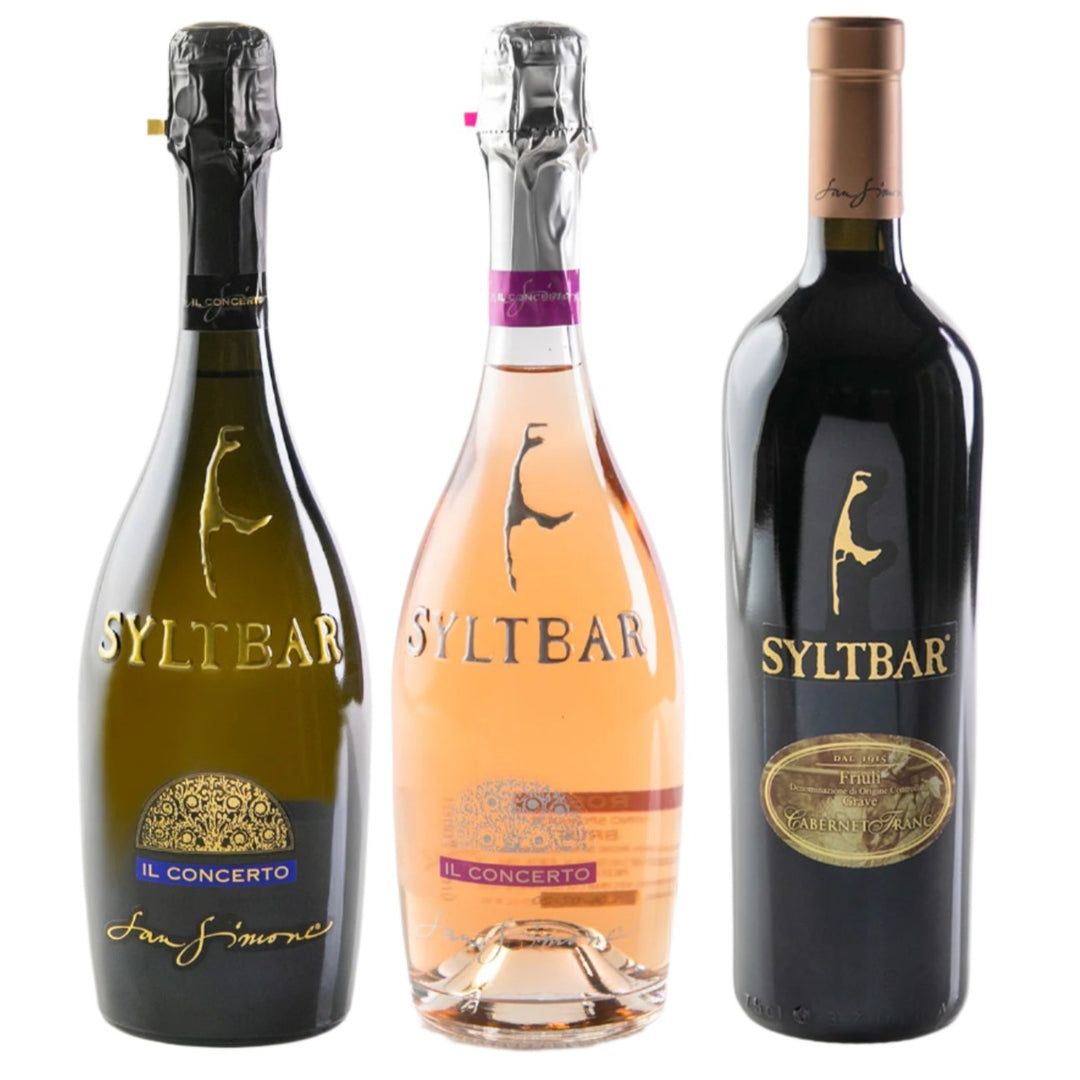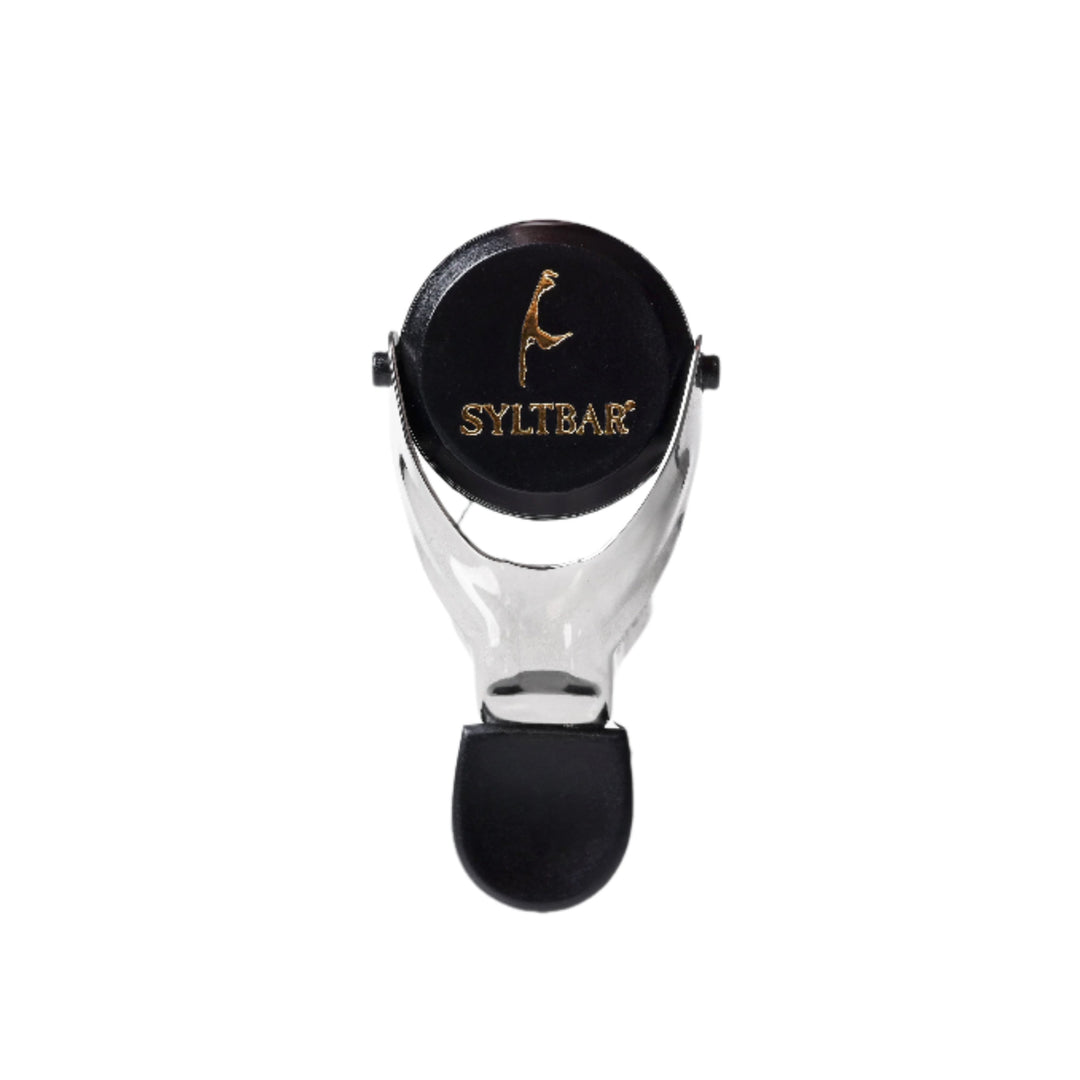What Difference Does a 4-Month Fermentation Process Make?
Fermentation is a crucial, required part of wine production. You have probably heard this word a lot when discussing wine and wine making, but you might not be completely sure what it means. Fermentation’s exact definition is the chemical breakdown of a substance by bacteria, yeasts or other microorganisms, typically involving effervescence and the giving off of heat. In the alcohol world, it refers to the process involved in the making of beer, wine and liquor, in which sugars are converted to ethyl alcohol.
Every alcoholic beverage goes through an initial fermentation process, and many go through a secondary fermentation process in order to further enhance the product. The secondary fermentation process is when the fermented product is then transferred to another vessel (be it a barrel, tank, bottle, etc.) for a second period of fermentation. This long fermentation is important because it gives the grape the chance to fully ripen, which develops the best flavor. It’s like with all fruit. If the fruit is not completely ripe, it does not taste as good as it could. This period of time can range from a few days to several months — and that time period makes all the difference, especially when it comes to sparkling wine.
For SYLTBAR Sparkling Wine products, the secondary fermentation is what sets us apart from other mass produced sparkling wines on the market. SYLTBAR’s process takes up to four months, which is the optimal amount of time needed to ensure that the only sugar left in the wine is the natural fruit sugars, commonly known as residual sugar. The end result of this four-month secondary fermentation process is a naturally produced, pure Prosecco and Sparkling Rosé that has absolutely no added sugars and no added sulfites.
The benefits of a sparkling wine having no added sugars or sulfites is that it can drastically reduce the chances of you feeling hungover, even after drinking a whole bottle! SYLTBAR sparkling wines only have 66ppm sulfites in a 6 ounce glass, compared to an average of 140ppm. No added sugars also results in an incredibly lower carbohydrate count. There are only 1.5 grams of carbs per 6 ounce glass of both Mr SYLTBAR Premium Prosecco and Mrs SYLBAR Sparkling Rosé, compared to an average of 5 grams. The calorie count of each of these sparkling wines is just as impressive, if not even more. In a 6 ounce glass, it’s only 49 calories for Mr, and 63 for Mrs!
Let’s discuss the difference in fermentation processes of Prosecco versus Champagne, as these are the two most well known and frequently drunk sparkling wines. Champagne always goes through a second fermentation process due to the fact that the second fermentation is done in the bottle of which it will be sold. Prosecco is traditionally fermented in stainless steel tanks, and many prosecco producers do not bother with a long second fermentation process as it’s not required, and allows them to save time and money. Instead of fermented for an extended period of time, they follow the shorter fermentation process with additives, sugars and sweeteners to give the Prosecco, at the very least, a decent, palate-pleasing flavor.
SYLTBAR’s wine producer San Simone, a family-owned-and-operated winery in Fruili, Italy, does not believe in adding sugars and chemicals to give their wines flavor. They believe in pure, natural flavor that tastes good because it isgood, inherently. SYLTBAR Prosecco is fermented for four months to allow the grapes enough time to fully develop and then create a wine that is flavorful without the need for any additives. Other producers often only keep their Prosecco in tanks for one week at most. Why? Because they care more about quantity then they do quality.
Here’s another distinct difference between the production of Prosecco versus Champagne. Champagne’s flavor is often yeasty with bread-like notes, while Prosecco presents the three Fs: fresh, fizzy and fruity. The fermentation process is the reason for these flavor differences, most notably the secondary fermentation process. Champagne’s process is called the méthode traditionelle, which means it takes place in the bottle and the process for Prosecco is called the charmat method, taking plane in stainless steel vats (as we mentioned above). The resulting wine is bubbly, called either spumante or frizzante, and sometimes the wine can even be tranquillo, or still.
The charmat method is preferred by many Prosecco producers because it is less expensive and less time consuming. Méthode traditionelle features a long aging time, as this is how the depth of flavor and tasting notes are produced to become what champagne is most recognized for — toasty and savory. That extra long fermentation is not necessary or required for Prosecco. It’s fresh and fruity flavor is typically ready within a few months.
The moral of the story here is that mass produced Prosecco brands are not typically fermented for long periods of time, but the SYLTBAR wine makings made the executive decision to ferment their Prosecco for longer than the average sparkling wine in order to highlight its true, natural flavors. Their goal was to give consumers a taste of what real 100% natural Italian produced Prosecco should taste like — and they have completely succeeded.
It’s time for you to experience the taste of a 4-month fermentation process. Shop Mr and Mrs at syltbar.com, or use our store locator to find a retailer near you that carries SYLTBAR sparkling wines.
